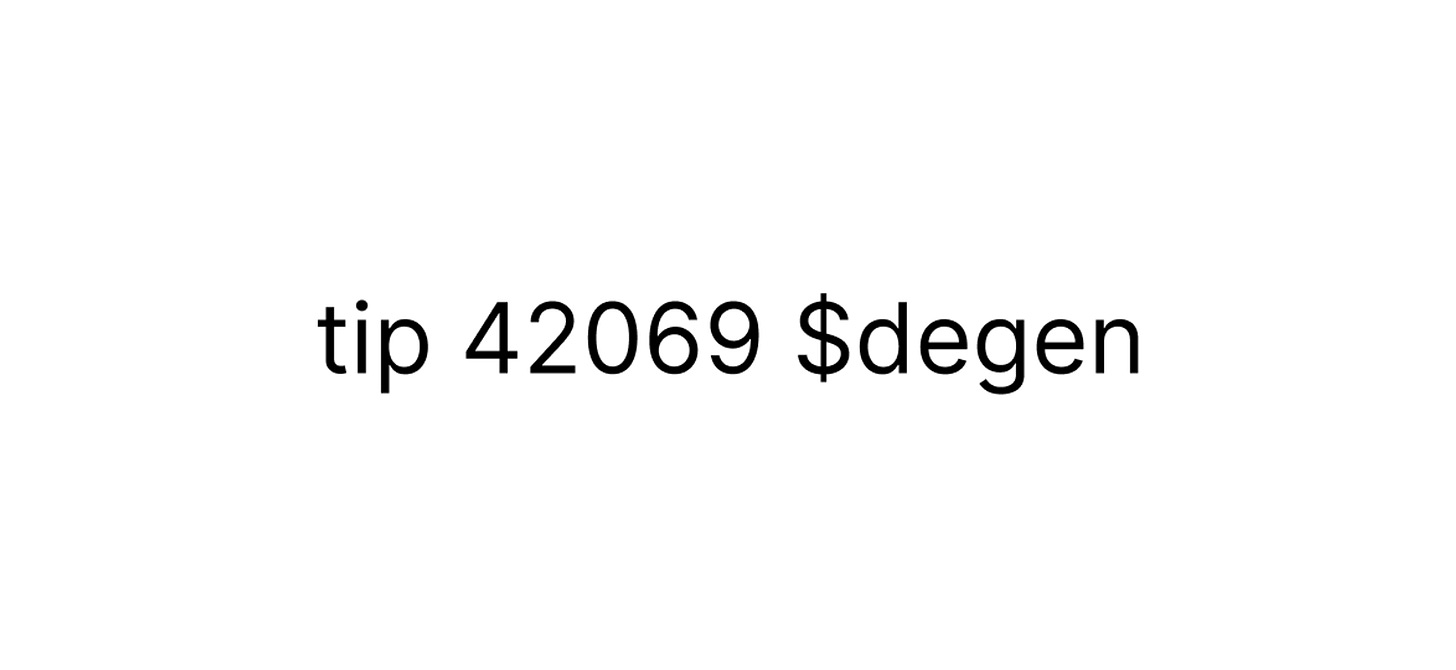Regen Memecoins
Most memecoins fail. For every $doge (which currently has a market cap of ~28 billion dollars) there are thousands of others that start hot and then crash to zero. There are good reasons for this. When you give people the option to buy as many coins as they want and then sell as many as they want, they do it. If a project gets too much attention without a core group of believers, it gets eviscerated.
One way to think of memecoins is that the “meme” part of memecoin is pejorative. We don’t think of Bitcoin or Ethereum as memecoins but they once were just jokes (and still are to many people). A memecoin is a project that is either a scam or a project in a kind of incubation period. If it survives the brutality of the market, the meme part of its name falls and it graduates. It’s now just a coin.
For most of my time in crypto, I’ve been extremely skeptical of memecoins. I rage quit crypto in 2017 after seeing the ICO mania swallow the entire space. I came back a few years later after the tech finally seemed to be getting better and all the building around NFTs starting happening.
The memecoins in 2024 are different than 2017. They, very explicitly, don’t promise future returns or present themselves as securities. Many put the meme itself as the main dish on offer. And if I have a beef with this crop of memecoins, it’s that they often do very little to expand the meme they say they are focused on.
Can you orient a memecoin to expand a meme?
Late last year a friend and I attempted an experiment here. A coin called $YOYO had popped off and then crashed. We were curious to see whether we could get people who still believed in $YOYO to create and then buy memes associated with the coin. We created a site called $YOYO Moodboard where people could add a meme and then purchase it by spending a small amount of the $YOYO coin. We got some ridiculous contributions to it but ultimately, only one person ended up spending their own $YOYO to mint. It was clear that, if you wanted a different result in behavior, you would need a different architecture for the coin.
A month or so later $Degen went live. Degen came from a channel on Warpcast where people were already sharing memes and projects. They launched the coin by airdropping tokens to people already invested and then created a system where those same people could tip anyone on Farcaster the tokens. All without depleting their own bag or incurring any transaction fees. The outcome was an explosion of activity, riffs and interest. The current $Degen market cap is 84 million dollars.
Other projects followed. meme.market, which requires you to cut in meme creators when you purchase the token went live. Enjoy.tech launched yesterday which has a tipping and point system.
For lack of a better term, I think of these projects as regen memecoin projects. They air out a meme and attempt to enhance that meme through a variety of incentives.
Some crypto friends have told me that I’m missing the point with memecoins. The point of memecoins is to be as stupid as possible. And the game here is a player vs player game of chicken where you can go bust or get rich. I get it. And I find it fun (when number is up). But I think we can also take some deeper swings.
With Farcaster and so much of this tech becoming more accessible, a different kind of group coordination and reward system is possible. One where the upside is more balanced and more legible to creators, speculators and fans. And one that has the potential to do the hard thing. Help communities find their memes.
-
If you’re interested in this stuff, checkout our recent project which involves pixels and riffs. And follow me on farcaster / twitter. (DMs are open)
Thanks to Jon Bo for edits.


The phrase "Help communities find their memes" grabbed me and I ended up writing this about it https://open.substack.com/pub/chasewadesnyder/p/whats-a-meme-to-a-community?